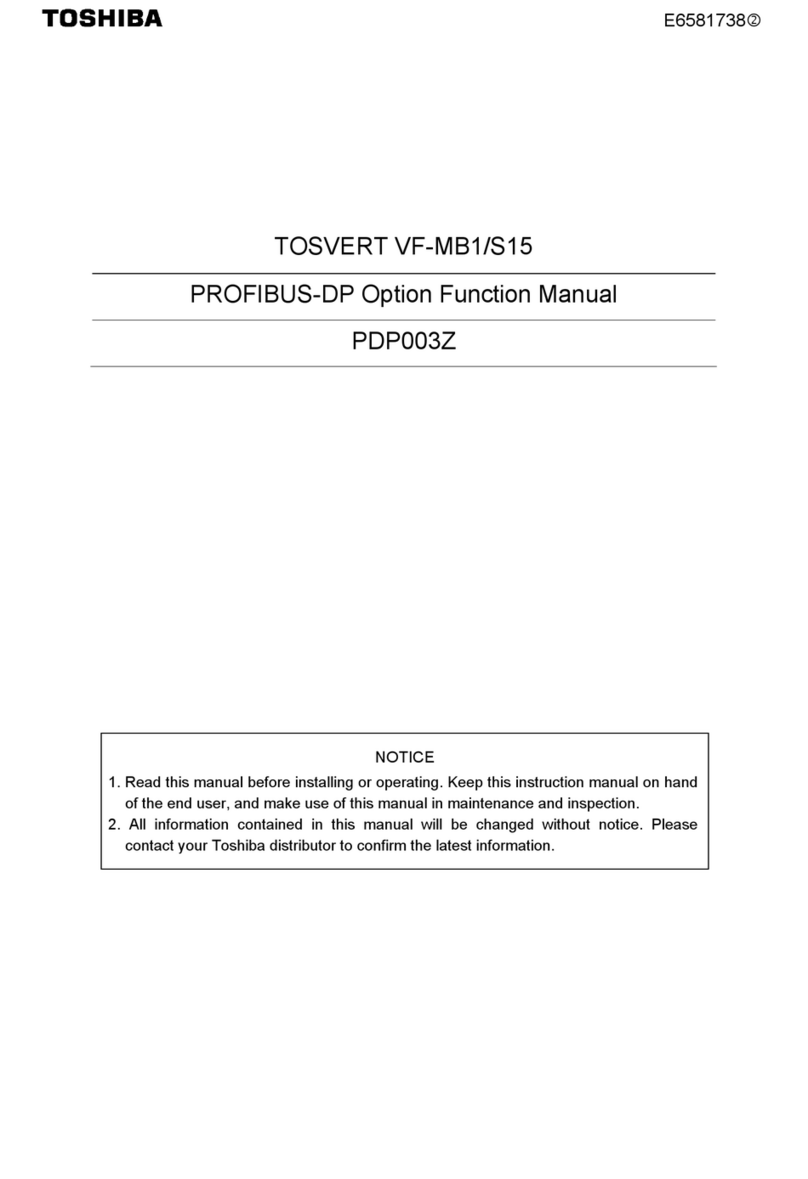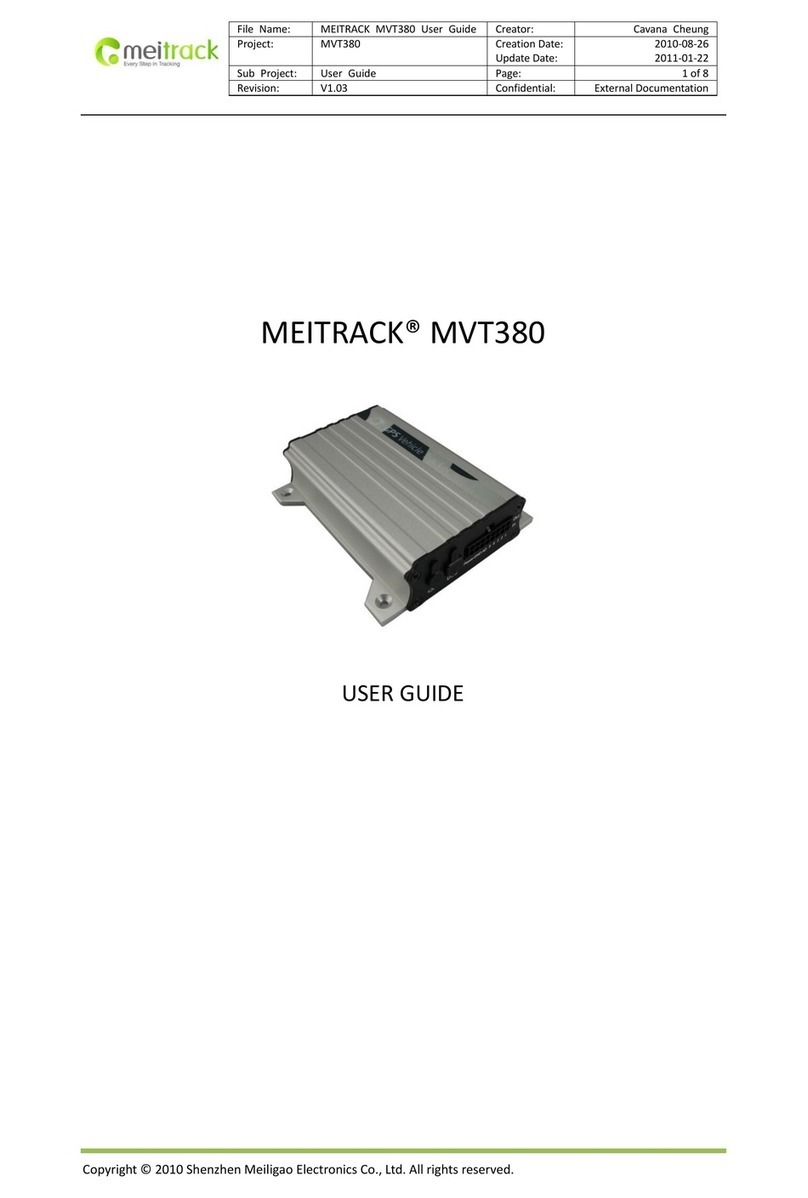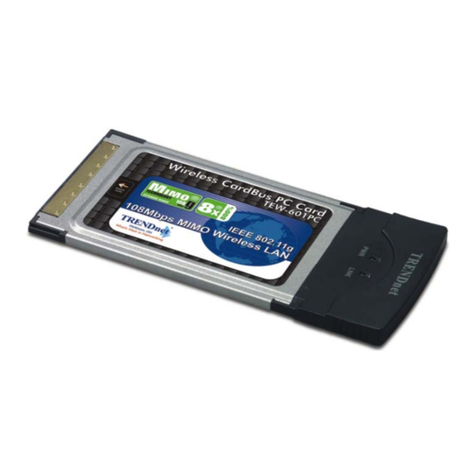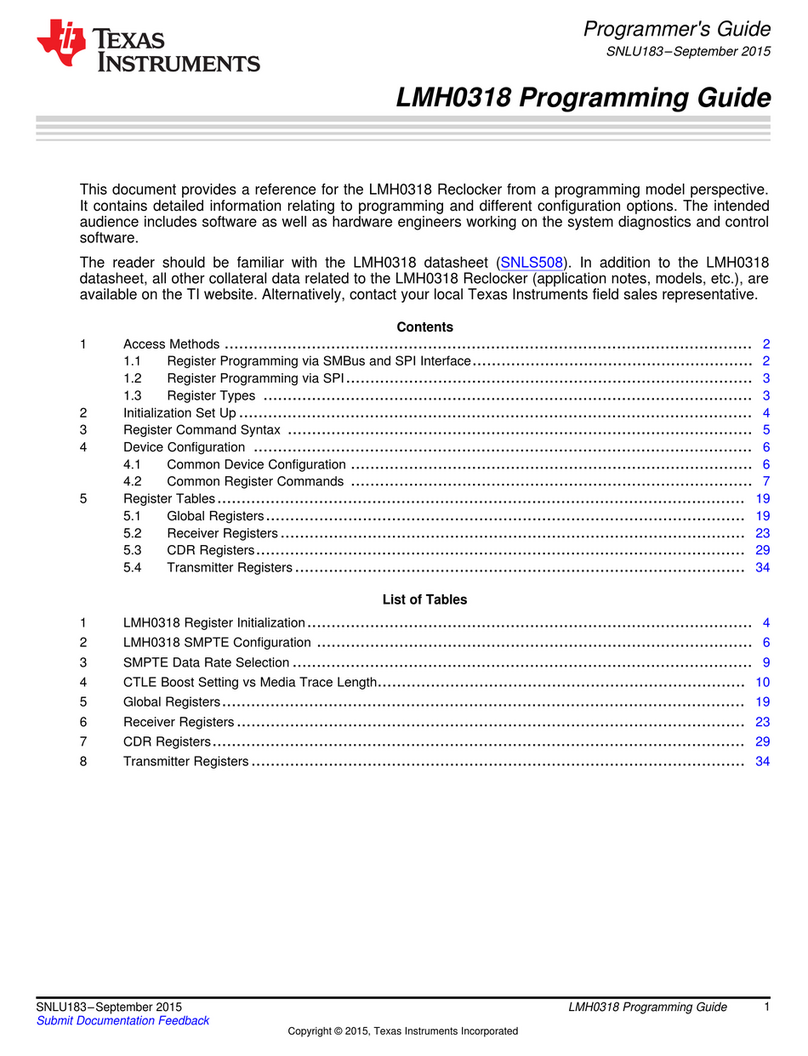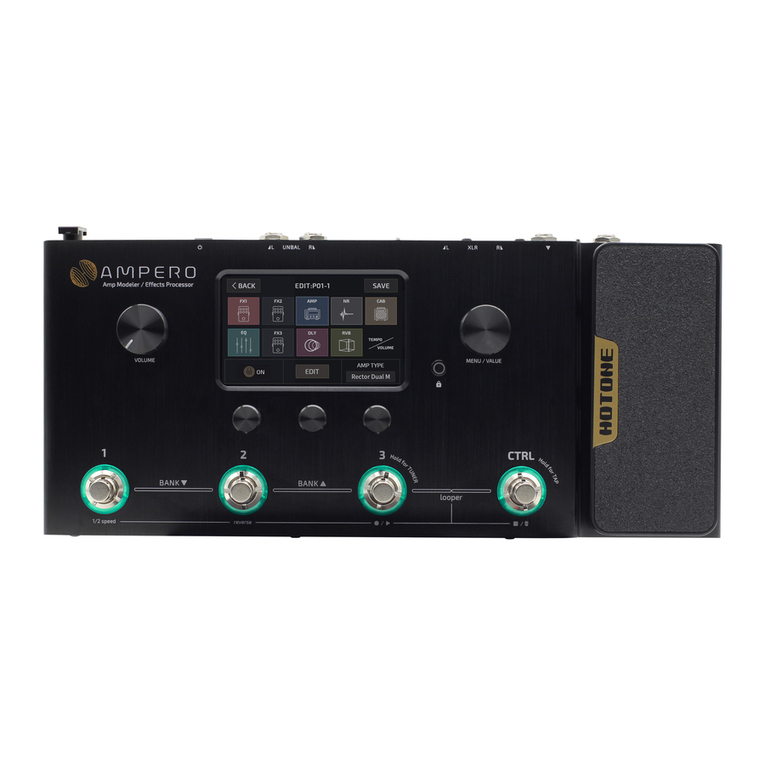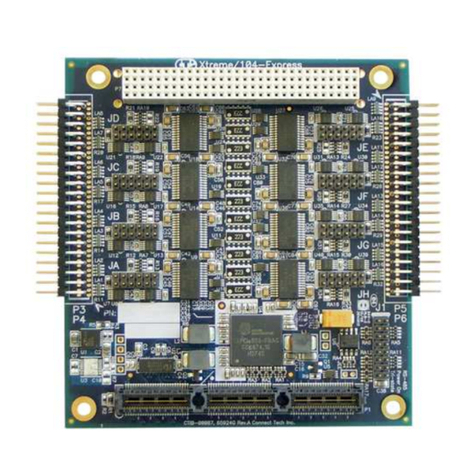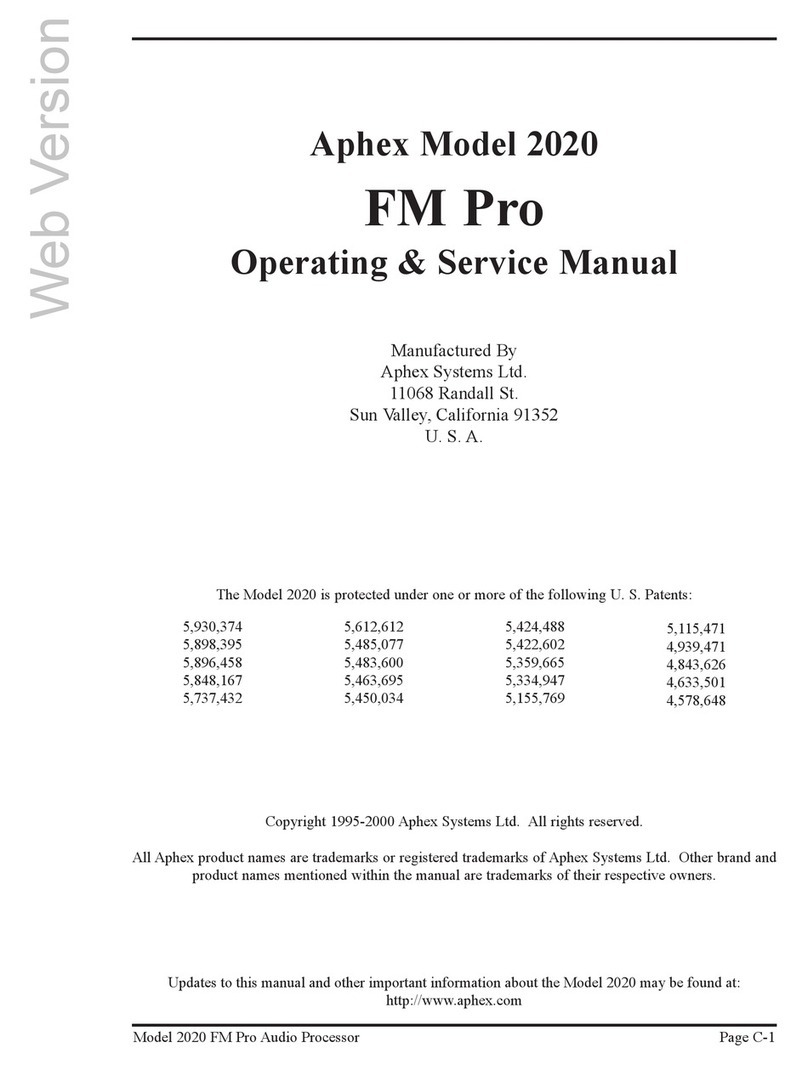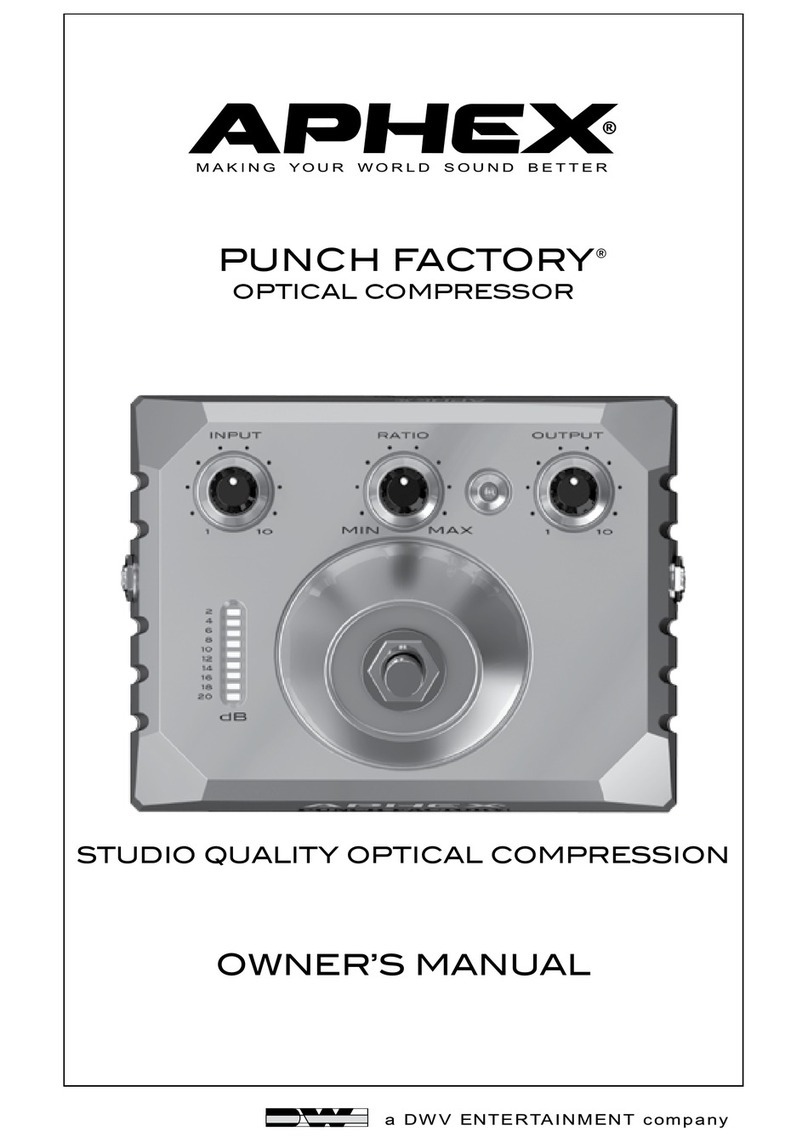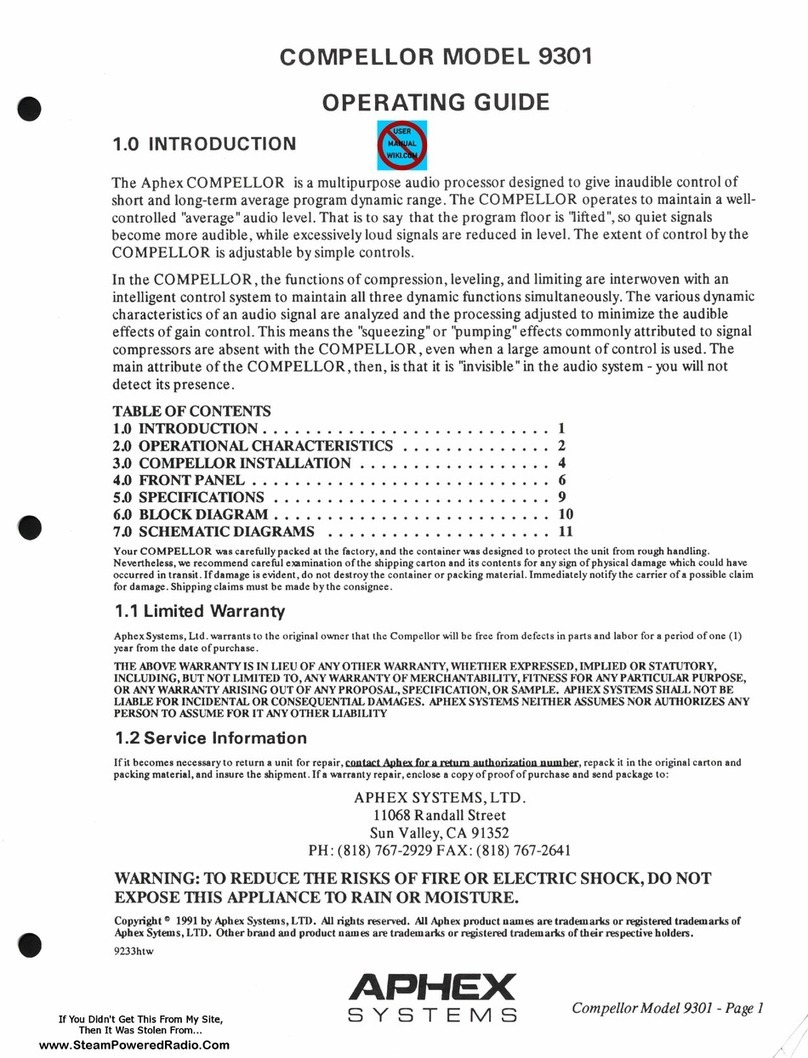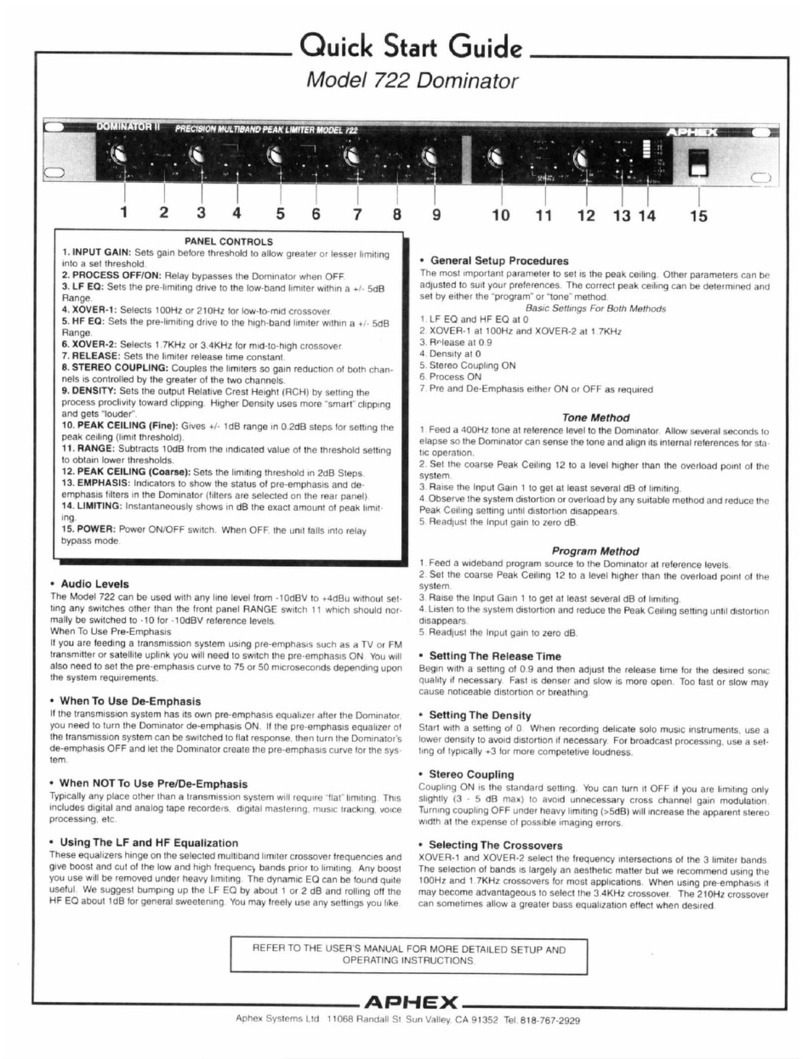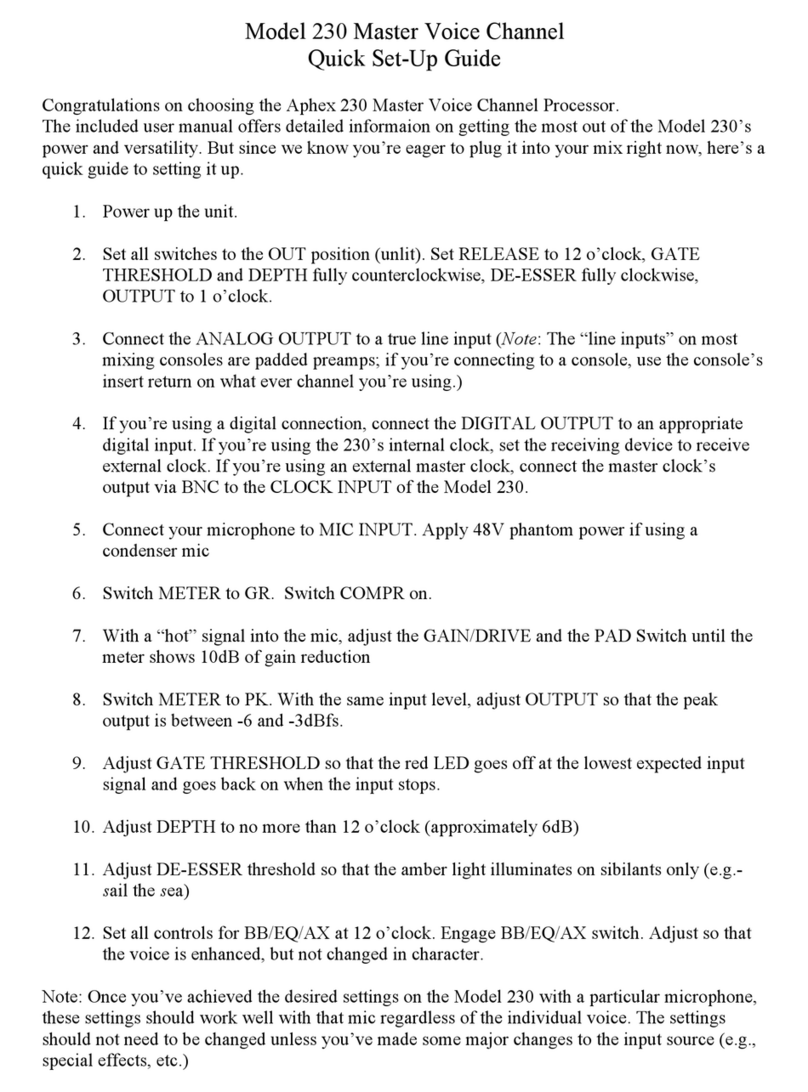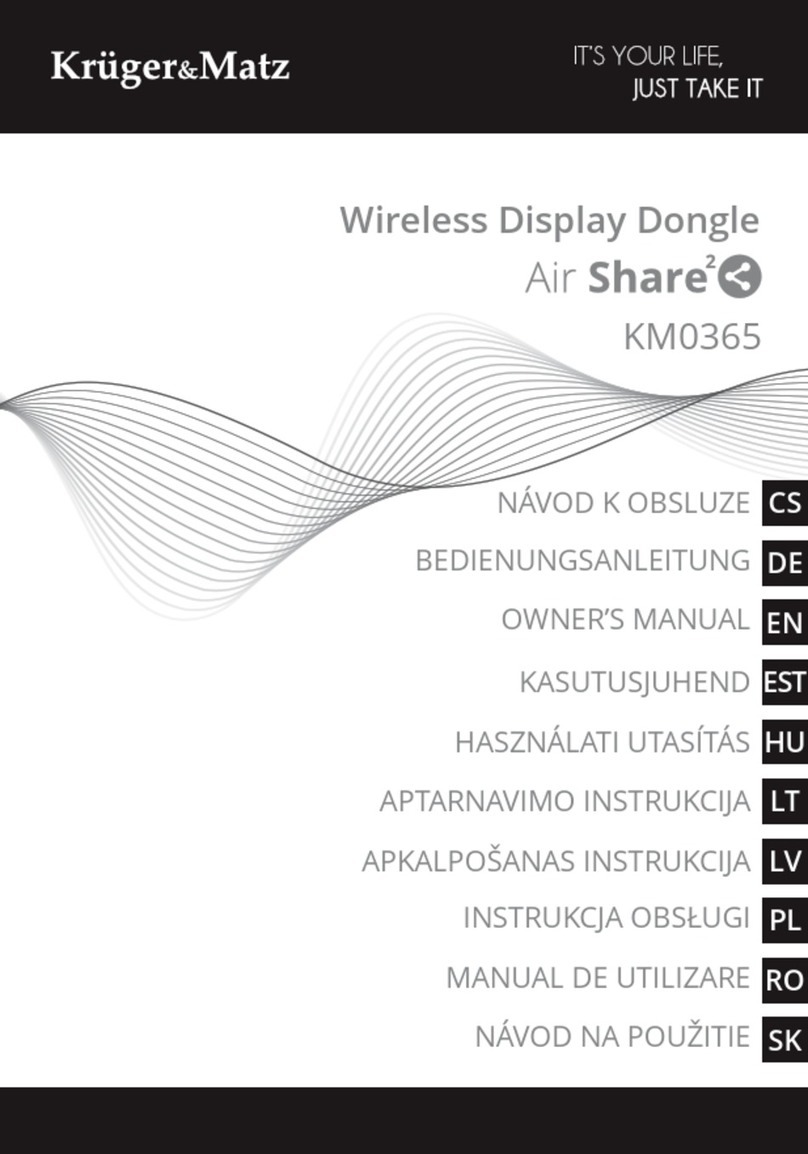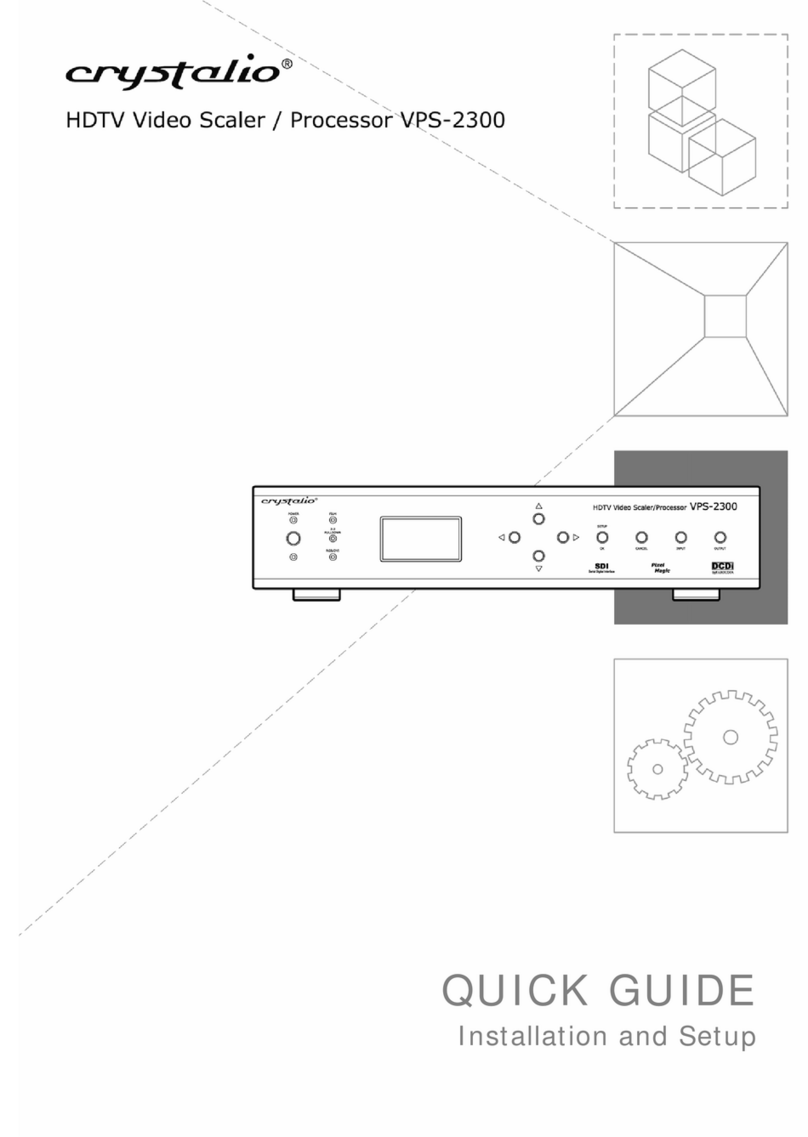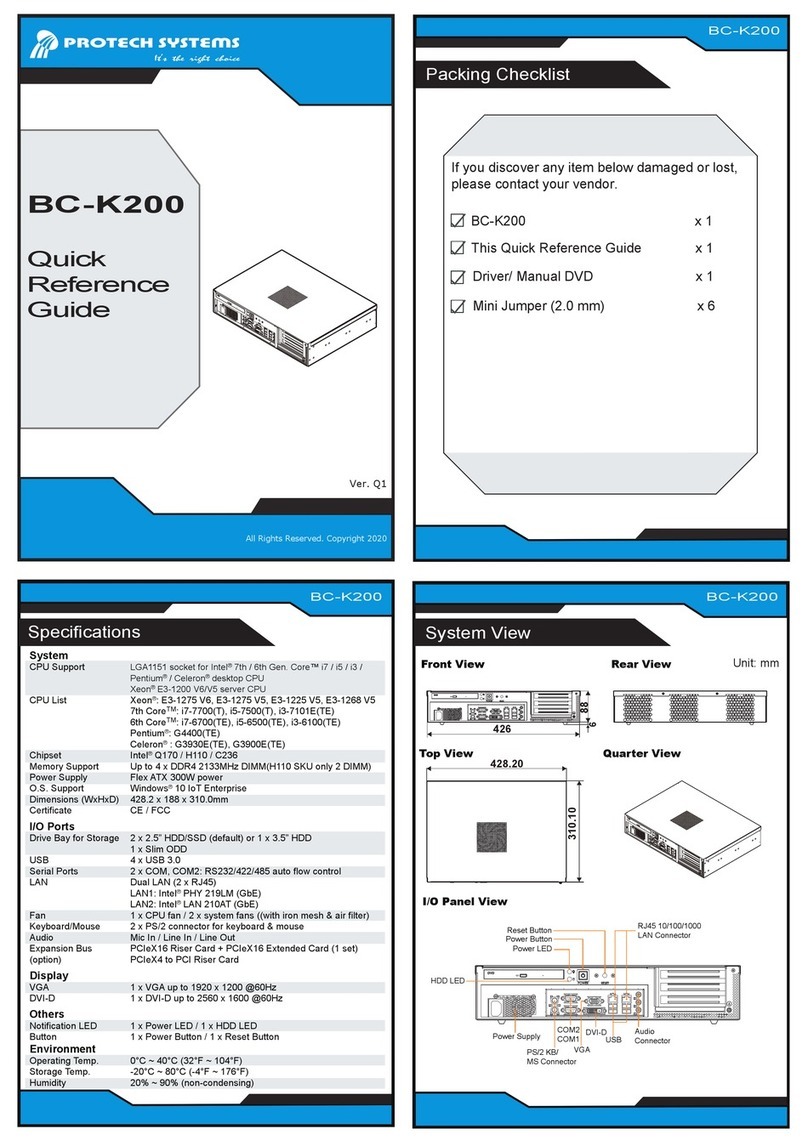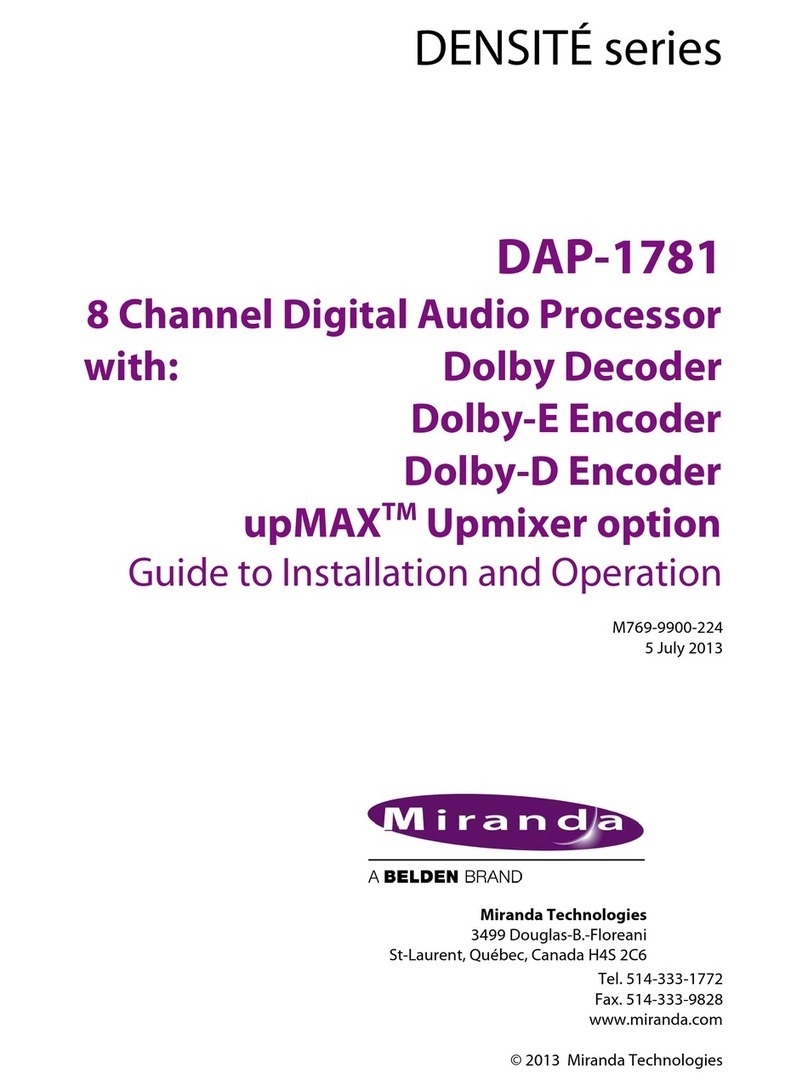
1.0 INTRODUCTION
A little history...
The new Aural Exciter III
It all started back in 1956 when Curt Knoppel, an inventor and entrepreneur
who was tinkering with a Heathkit amplifier, accidentally stumbled across
the principles behind a new audio processor that could effectively restore the
essential high-frequency musical harmonics that are lost in the recording and
playback process. Nineteen years later, after moving to the United States
from Sweden, Knoppel met Marvin Caesar, then an accountant and land
developer. An audiophile himself, Caesar marvelled at Knoppel's invention,
and the two became partners in 1975, forming Aphex Systems in Framing
ham, Massachusetts.
After moving to Hollywood, California in 1976, the company began to
establish itself by leasing its provocatively-named "Aphex Aural Exciter" to
record companies for $30 per minute of finished product. The original
Model 402 was tube-powered and was subsequently updated to a solid state
version, the Model 602. This two-channel unit provided controls for input
sensitivity, output level, Aphex mix, de-esser, and signal phase reversal.
The unique combination of circuitry made this psychoacoustic processor an
essential ingredient in producing the "California" sound on numerous
projects, including albums by Heetwood Mac, Linda Ronstadt, James Taylor,
and Jackson Brown. As the hit list grew, so did criticism from detractors,
and, more importantly, competition from manufacturers with knock-off
products.
In 1982, in an effort to stay innovative and also keep ahead of the field,
Aphex introduced the second generation Model 201, the Aphex Aural Exciter
II. This version provided additional features for tuning the high pass filter,
as well as controlling the range and type of harmonics generated within the
patented Aphex process. Also, the VU meters were replaced with electronic
bar graph indicators having selectable ballistics and reference level settings.
This new design was a great advancement over the aging Model 602, yet the
biggest change was the dropping the policy of lease only in favor of outright
purchase. Popularity soared as numerous engineers and producers found
out that they could now buy the famous Aphex Aural Exciter. The increased
sales volume propelled the Model 201 into every conceivable sound applica
tion. It seemed as though every sound specialist was using the Aural
Exciter II in recording studios, concert venues, film dubbing theaters,
broadcast, and video post-production houses throughout the world.
The beginning of 1989 marks the introduction of the latest generation Aphex
Aural Exciter III. The slimmer and more powerful Model 250 is the latest
successor to the premium product in the field of Aural Excitement. As you
read the following sections you will find information on Operational Char
acteristics, Installation, Front Panel Controls, Applications, Circuit Theory,
and Maintenance Procedures. Technicians and other interested users will
find complete schematics located at the end of the manual.
Introduction 1-1
